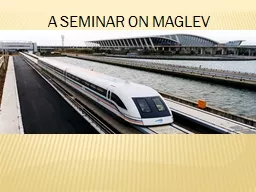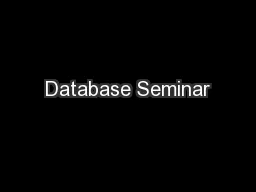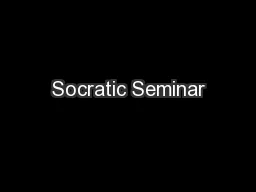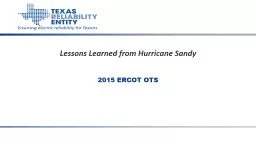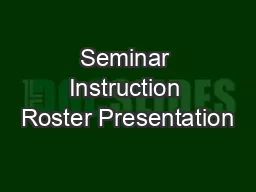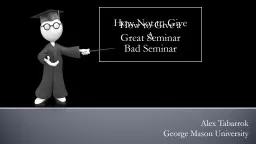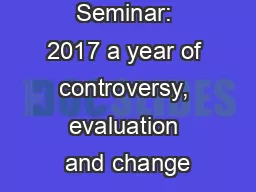PPT-A SEMINAR ON MAGLEV
Author : karlyn-bohler | Published Date : 2017-04-16
WHAT IS MEANT BY MAGLEV Maglev Mag netic Lev itation Any thing which may levitateraise or float by means of a magnetic power is simply called as magnetic levitation
Presentation Embed Code
Download Presentation
Download Presentation The PPT/PDF document "A SEMINAR ON MAGLEV" is the property of its rightful owner. Permission is granted to download and print the materials on this website for personal, non-commercial use only, and to display it on your personal computer provided you do not modify the materials and that you retain all copyright notices contained in the materials. By downloading content from our website, you accept the terms of this agreement.
A SEMINAR ON MAGLEV: Transcript
Download Rules Of Document
"A SEMINAR ON MAGLEV"The content belongs to its owner. You may download and print it for personal use, without modification, and keep all copyright notices. By downloading, you agree to these terms.
Related Documents

